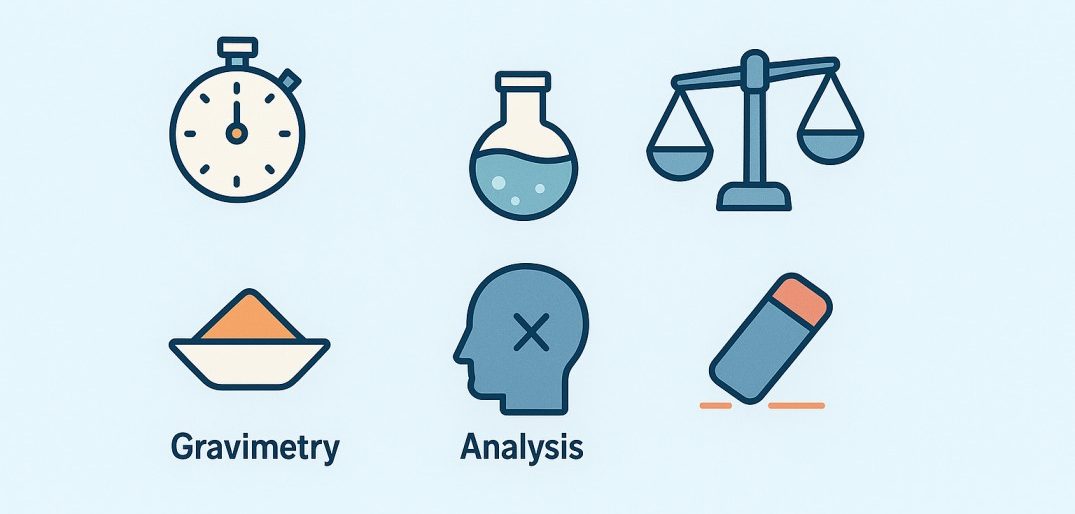- Precipitation titrations are a type of volumetric analysis in which a titrant is added to a solution containing an analyte to form a sparingly soluble precipitate.
- The endpoint of the titration is reached when the analyte has completely reacted with the titrant, and no further precipitation occurs.
- Precipitation titrations are often used to determine the concentration of a specific ion in a solution.
- They are particularly useful when the solubility of the precipitate formed is low, and the reaction between the titrant and the analyte is selective.
Argentometric Titrations:
- Argentometric titrations are a class of precipitation titrations that use silver ions (Ag⁺) as the titrant.
- These titrations are primarily employed for the determination of halide ions (chloride, bromide, and iodide) and other anions, such as thiocyanate, in a solution.
- Silver nitrate (AgNO₃) is the most commonly used titrant in argentometric titrations.
This is a sample ad placement!
- Mohr’s Method
- Volhard’s Method
- Modified Volhard’s Method (Direct Volhard’s Method)
- Fajans Method (Adsorption Indicator Method)
This arrangement provides a clear, logical flow from general information on precipitation titrations to the specifics of argentometric titrations and their various types.
This is a sample ad placement!
Thank you for reading from Firsthope's notes, don't forget to check YouTube videos!

